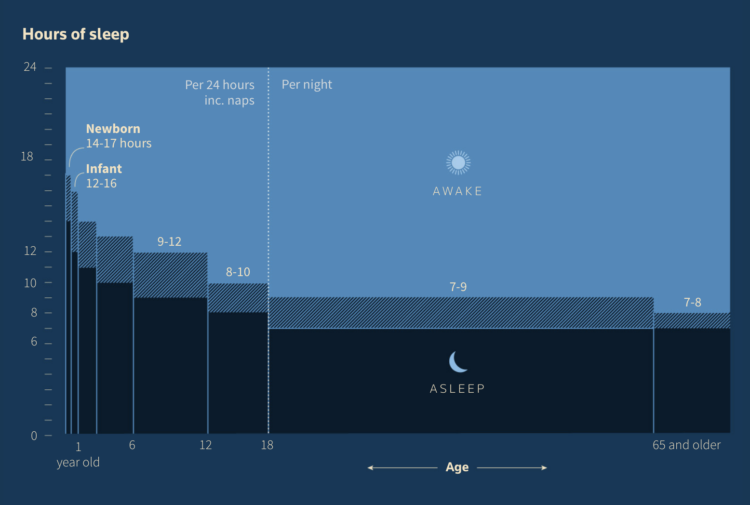Reuters dug in to the science of sleep and how paying attention to our rhythms affect our health. On dreams:
Sleep itself has cycles, in which the brain and body move through phases, marked by varying brain activity. In the deepest phases of sleep, the brain waves are slowest. The lighter phases have more rapid bursts of activity.
Our most intense dreams usually happen during Rapid Eye Movement (REM) sleep, when brain activity, breathing, heart rate, and blood pressure all increase, the eyes move rapidly, and muscles are limp. Scientists believe dreams in REM and non-REM sleep have different content – the more vivid or bizarre dreams usually happen during REM stages.
See also: our actual sleep schedules.



